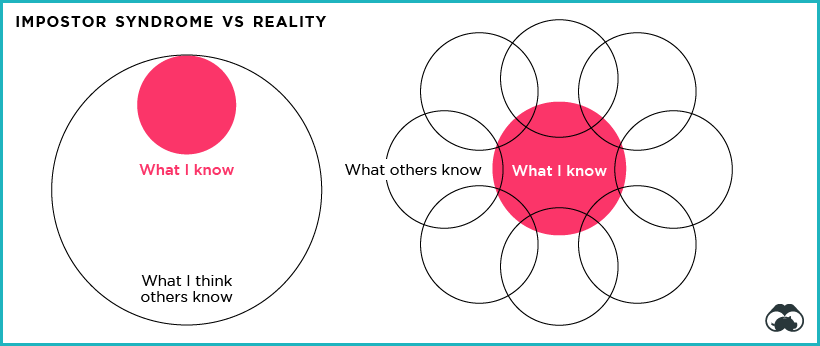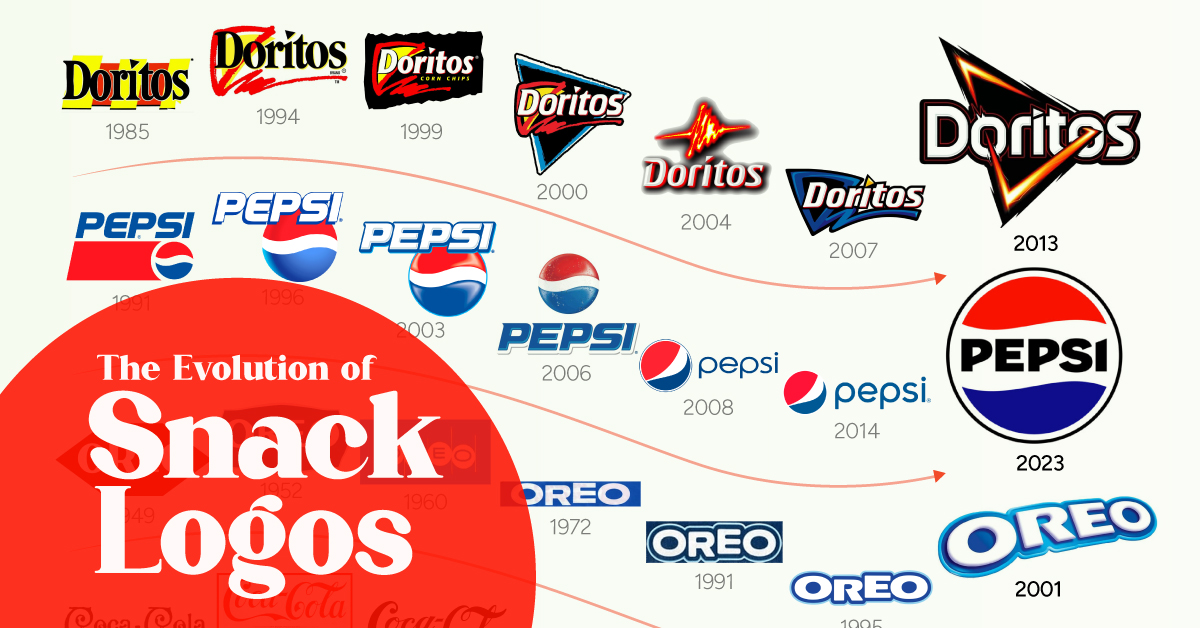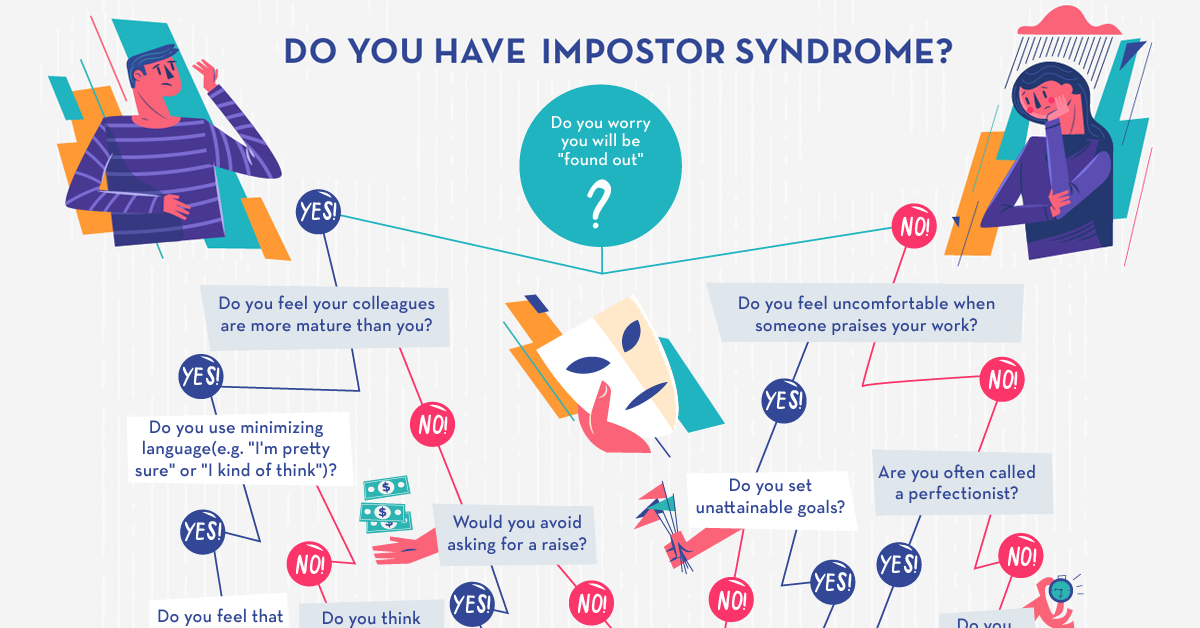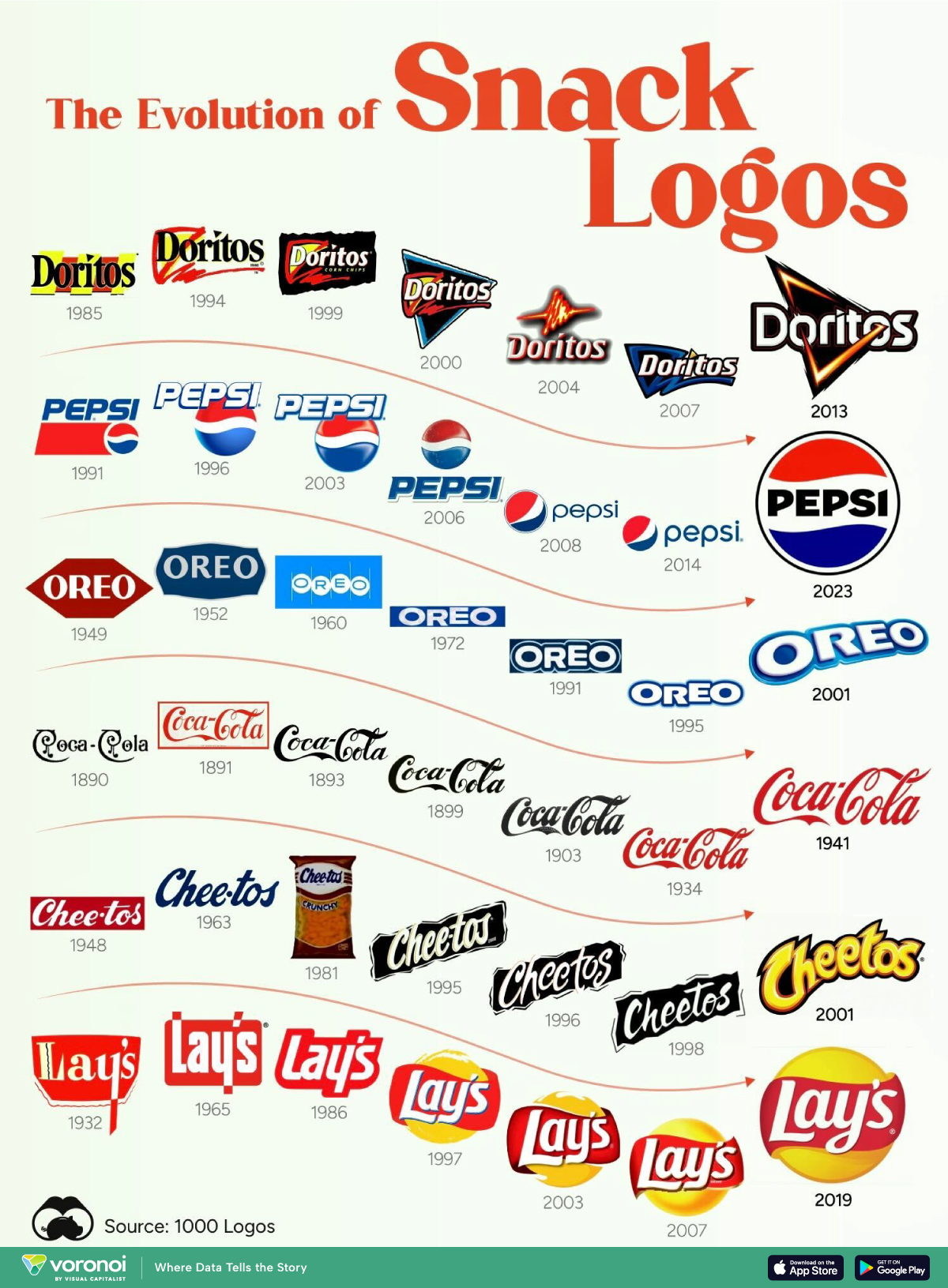Business
Are You Suffering From Impostor Syndrome?

Are You Suffering From Impostor Syndrome?
If you have ever felt unworthy of your position at work, or felt uncomfortable about receiving praise from colleagues, then you’re not alone.
The psychological pattern of impostor syndrome is widespread, with the majority of people experiencing some form of it over the course of their careers.
Today’s infographic, from Resume.io, provides a useful guide to identifying the various manifestations of impostor syndrome, and how to potentially overcome it.
What is Impostor Syndrome?
People suffering from impostor syndrome doubt their skills and accomplishments, live in fear of being exposed as not worthy of their position, and even downplay their success, attributing it all to luck or good fortune.

These feelings, which were first collectively known as “impostor phenomenon,” were introduced in a 1978 study of 150 highly successful women. Today, we have an even more nuanced view of how feelings of anxiety and inadequacy can afflict people in a professional setting.
Impostor Syndrome Archetypes
According to Dr. Valerie Young, a leading expert on the subject of impostor syndrome, these feelings of self doubt are not one-size-fits-all.
Here are the five different types of impostor syndrome:
| Number | Archetype | Description |
|---|---|---|
| #1 | Expert | You expect to know everything and feel ashamed when you don't. |
| #2 | Soloist | You believe work must be accomplished alone and refuse to take any credit if you received any kind of assistance. |
| #3 | Natural Genius | You tell yourself that everything must be handled with ease, otherwise it's not "natural talent". |
| #4 | Superperson | You feel you should be able to excel at every role you take on in your life. |
| #5 | Perfectionist | You set impossibly high standards for yourself and beat yourself up when you don't reach them. |
Understanding the different types of impostor syndrome is an important first step, as each manifestation requires a unique toolkit of solutions to help overcome this common psychological trap experienced by professionals.
Slaying Self Doubt
While impostor syndrome can afflict anyone, women have been shown to experience it more often – even once they have experienced high levels of success in their career.
A recent KPMG study of 750 high-performing executive women found that:
- 75% had experienced impostor syndrome at some point in their career
- 81% of these woman also believed they put more pressure on themselves than their male counterparts
Though progress has been made, lack of diversity at the C-suite level is still fueling some of these feelings. 32% of women identified with impostor syndrome because they did not know others in a similar place to them either personally or professionally.
When it came to combating feelings of self-doubt, many woman found support within their network and organizations:
- 72% said they looked to a mentor or trusted advisor for help and advice when the doubt creeps in
- 54% received support and guidance from performance managers
Actively creating a culture that supports honest conversations in the workplace is key to helping individuals slay professional self doubt.
Together, we have the opportunity to build corporate environments that foster a sense of belonging and lessen the experience of impostor syndrome for women in our workplaces.
– Laura Newinski, U.S. Deputy Chair and COO of KPMG
Culture
How Popular Snack Brand Logos Have Changed
From Coca-Cola’s evolution since 1890, to Pepsi’s recent nostalgia rebranding, this graphic illustrates the development of logos for popular snack brands.

How Popular Snack Brand Logos Have Changed
This was originally posted on our Voronoi app. Download the app for free on iOS or Android and discover incredible data-driven charts from a variety of trusted sources.
Branding and logos are vital elements of a successful snack product, shaping consumer perceptions, purchasing choices, and fostering long-term brand loyalty.
From Coca-Cola’s evolution since 1890, to Pepsi’s recent nostalgia rebranding, this graphic illustrates the development of logos for popular snack brands. The data is from 1000 Logos.
Pepsi vs. Coke
Pepsi’s latest logo released in 2023 delivered a hit of nostalgia, reverting to the “globe” design of previous decades.
The wordmark is also much bolder, reminiscent of the company’s logo from the early 1900s. Due to the brand’s many logo changes, we weren’t able to fit logos further back than 1991.
In contrast, Coca-Cola, its rival, has kept its iconic script logotype, which first emerged at the end of the 1880s, pretty much untouched since the early 1900s. The current rendition of the symbol was unveiled in 1903, featuring an intensified shade of red by 1934. Since then, the logotype has been refined, but always keeping the same style and mood.
Famous Cookie, Many Logos
Oreo is perhaps the iconic snack brand with the most logo redesigns in history. There have been more than ten different versions of the emblem for the famous cookies.
The very first logo for Oreo was introduced in 1912 and stayed with the brand for almost a decade. It was an elegant and ornate black inscription in all capitals with the first “O” enlarged. Over time, the logo changed to the three-dimensional badge that has identified the cookies since 2001.
-

 Healthcare5 days ago
Healthcare5 days agoLife Expectancy by Region (1950-2050F)
-

 Economy2 weeks ago
Economy2 weeks agoRanked: The Top 20 Countries in Debt to China
-

 Politics2 weeks ago
Politics2 weeks agoCharted: Trust in Government Institutions by G7 Countries
-

 Energy2 weeks ago
Energy2 weeks agoMapped: The Age of Energy Projects in Interconnection Queues, by State
-

 Mining2 weeks ago
Mining2 weeks agoVisualizing Global Gold Production in 2023
-

 Markets1 week ago
Markets1 week agoVisualized: Interest Rate Forecasts for Advanced Economies
-

 Economy1 week ago
Economy1 week agoThe Most Valuable Companies in Major EU Economies
-

 Markets1 week ago
Markets1 week agoThe World’s Fastest Growing Emerging Markets (2024-2029 Forecast)



